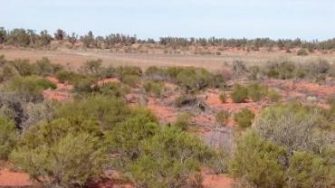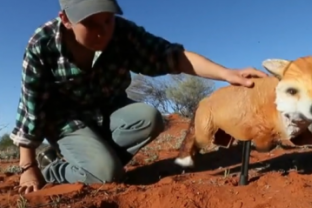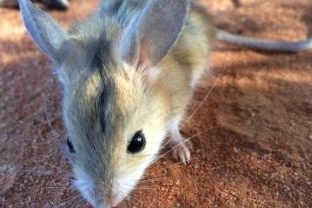
Invasive native scrub cover in arid Australia has increased dramatically over the past century, coincident with declines of native mammal species in the critical weight range. Hypotheses to explain the increase in shrub cover and associated land degradation range from increased CO2 emissions to overgrazing, but none adequately explains all elements of invasive native scrub encroachment.
This project considers the role of declining native mammals in shrub encroachment, as recent experiments in our lab have suggested that these mammals may play an important role in inhibiting growth and spread of invasive native scrub species.
We have study sites throughout arid and semi-arid NSW and SA and are running field trips throughout the year. If you would like to know more about this project or to volunteer, please contact Charlotte Mills.



